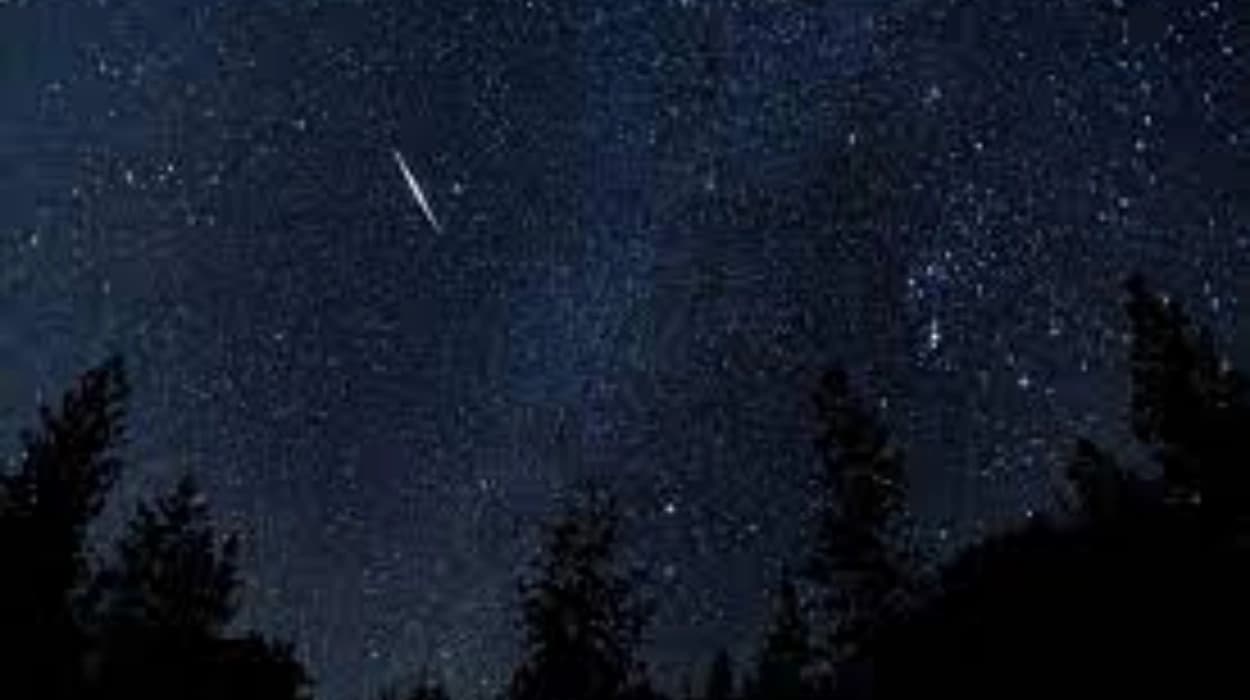The Orionid meteor shower reached its peak over Saudi Arabia
in the pre-dawn hours, thrilling stargazers with a display of up to 20 meteors
per hour. Ideal viewing conditions were reported due to a moonless sky and
clear weather, originating from debris shed by Halley's Comet.
Meteor Shower Peaks with Optimal Conditions
As reported by (Huda Al-Harithi) of Arab News, the Orionid
meteor shower illuminated Saudi skies in the early hours before dawn on October
21, 2025. Majid Abu Zahera, President of the Jeddah Astronomy Society,
highlighted that this year's viewing was especially favourable since the moon
had set before dawn, providing dark skies ideal for spotting meteors.
Gulf News journalist (Khaled Al-Mansour) added that the
shower produced around 20 meteors per hour from locations away from city
lights, with some meteors leaving bright tails visible to the naked eye. No
special equipment like telescopes or binoculars was necessary; a dark,
wide-open horizon sufficed to witness the spectacle.
About the Orionid Meteor Shower
The Orionid meteor shower is caused by Earth passing through
debris left by Halley's Comet, which orbits the Sun roughly every 76 years. As
stated by (Pete Lawrence) in Sky at Night Magazine, the meteors originate near
the constellation Orion's brightest star, Betelgeuse, making their radiant
point easy to identify.
The shower is an annual event occurring from early October
to early November, with peak activity generally expected around October 20 to
22. This year’s peak was particularly noted for occurring during a new moon
phase, significantly reducing natural light pollution and enhancing visibility.
Viewing Experience and Astronomical Details
According to (Majid Abu Zahera), early risers were
encouraged to observe the event in pre-dawn hours since Orion rises high in the
southern sky at that time, offering the best vantage point. The speed of
meteors can reach up to 66 kilometres per second.
The American Meteor Society and specialists from
Planetary.org detailed that while around 20 meteors per hour are typical, rare
bursts could yield as many as 50 to 75 meteors per hour. The meteors burn
brightly when entering Earth’s atmosphere, dazzling viewers across both the
Northern and Southern Hemispheres during the shower's active period.
Related Astronomical Events
This peak coincided with sightings of two bright comets,
Comet Lemmon and Comet SWAN, which were visible simultaneously in the night
sky, adding to the celestial spectacle, as noted by (Emily Kossin) from Live
Science. These occurrences provided additional viewing interest alongside the
Orionids.
Importance of Dark Sky Locations
As reiterated by (Majid Abu Zahera), avoiding light-polluted
urban areas maximizes the meteor shower experience. Families and astronomy
enthusiasts alike were encouraged to venture to open spaces with unobstructed
views toward the southeast horizon for the best chance to enjoy this natural
sky show.
Saudi Arabia witnessed a stunning display of the 2025 Orionid meteor shower reaching its peak in the early morning hours of October 21. The event was enhanced by clear, dark skies due to the new moon, with meteors visible streaking through the sky at speeds reaching 66 km/s. This annual shower, originating from Halley’s Comet, continues to be a highlight for stargazers in the region and worldwide, promising a spectacular view without the need for telescopes or binoculars.
